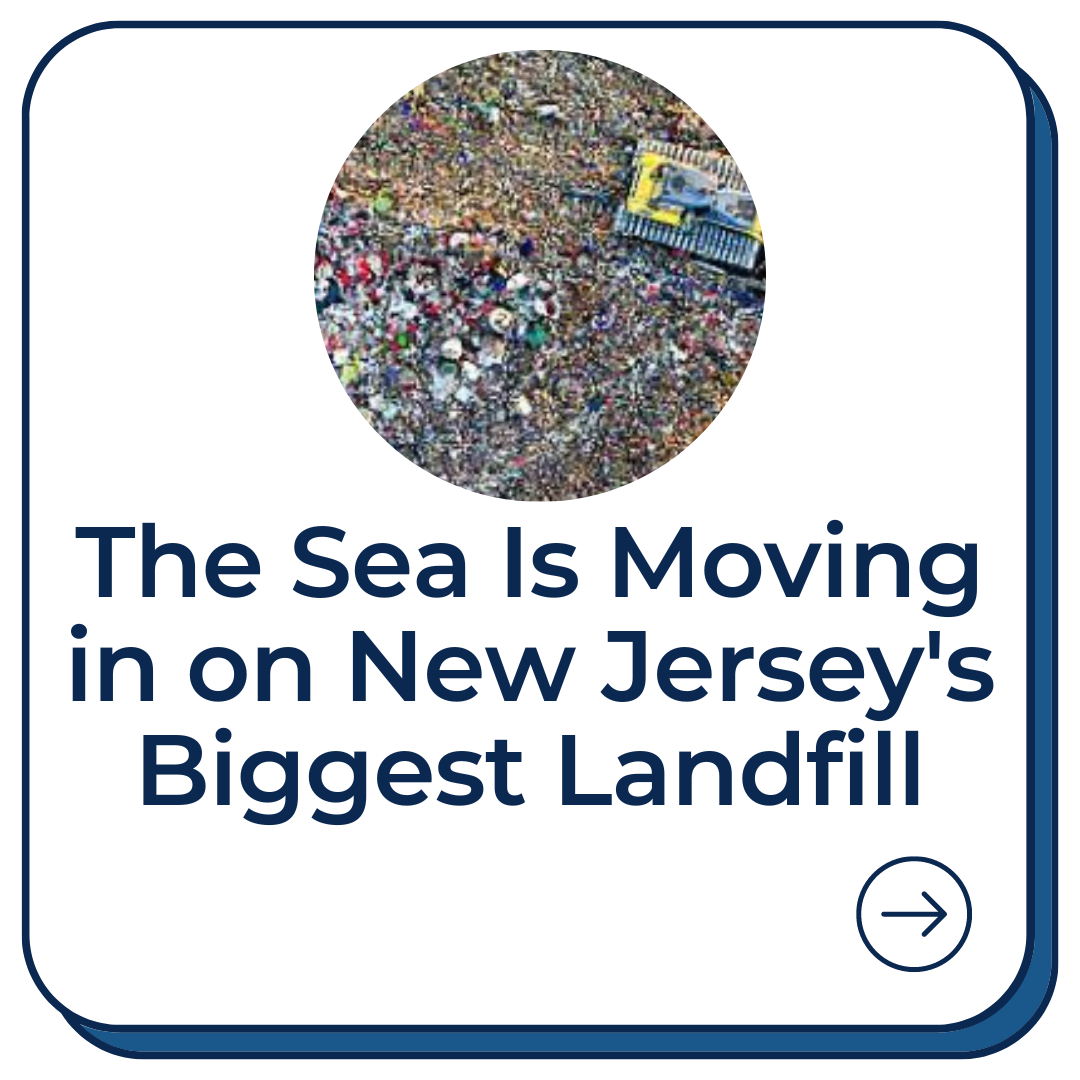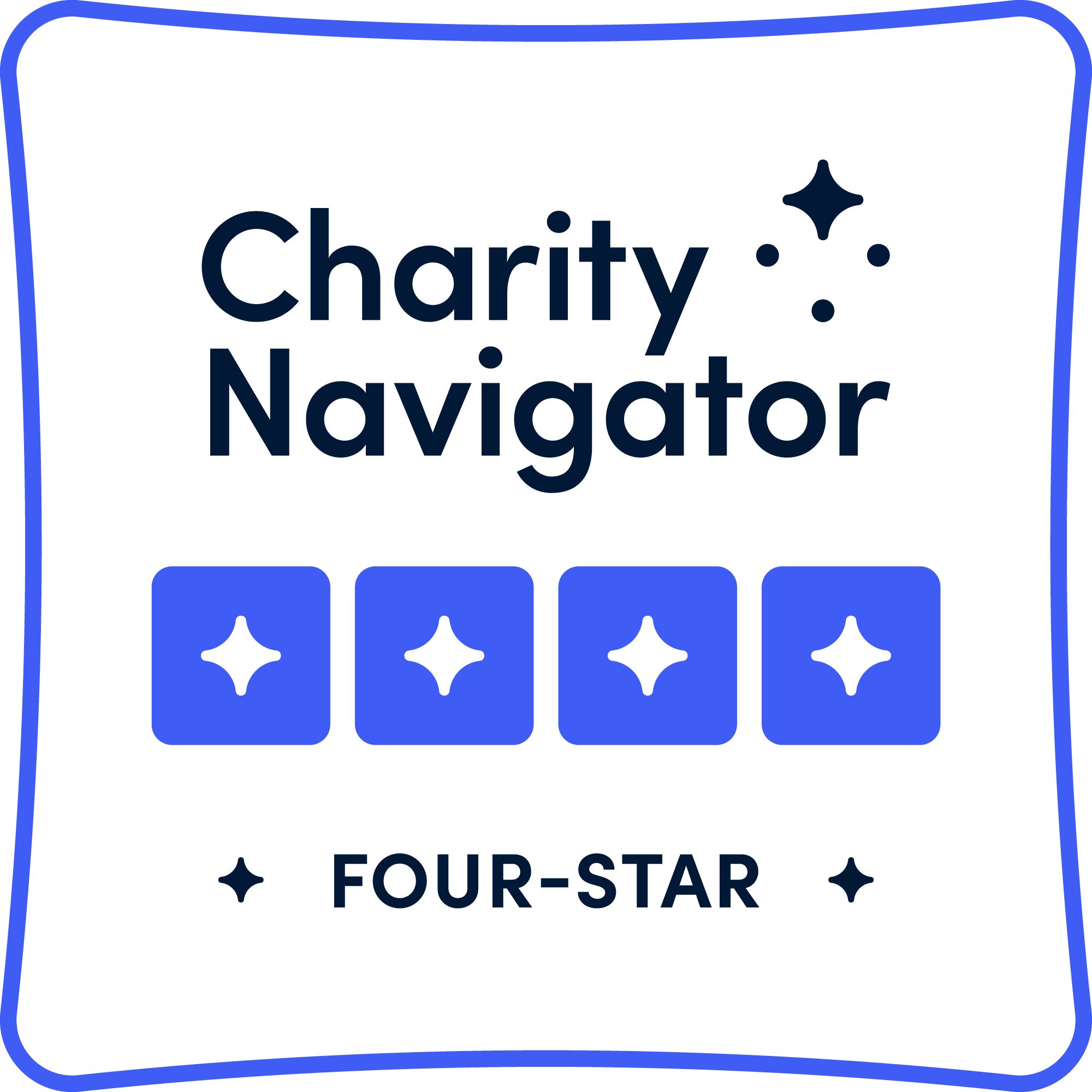Pollution is a problem caused by human activities, that plagues urban, suburban, and rural communities. Due to various types of pollution like air pollution, water pollution, noise pollution, and soil pollution, communities are facing significant environmental issues like global warming, destruction of natural habitats, depletion of ozone layer, and health challenges. The problem is so big that it can be difficult to know how to incorporate it into your curriculum; SubjectToClimate can help! Teachers can find dozens of resources on land pollution to incorporate into the lessons that you already teach. Check out these videos to get you started!



































